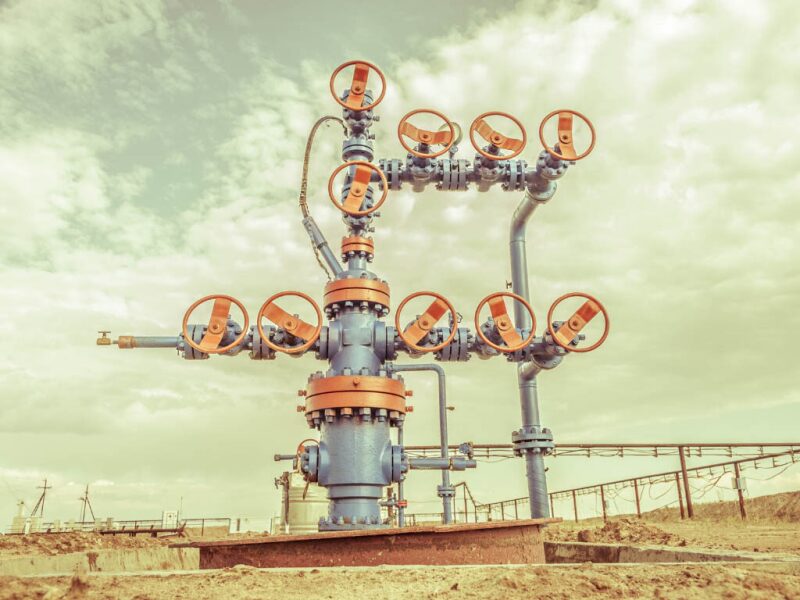“The best laid plans of mice and men often go awry” is how the line goes. Every well in every field has a production plan, but any engineer will tell you that plan and production don’t always meet - at least not without vigilance and periodic intervention. Oil & gas wells are dynamic entities with multivariate conditions that impact production outcomes. Anomalies, such as liquid loading, mechanical wear, and frac hits; design; treatments; and more ultimately influence whether a well will achieve plan or go awry.
If plan and production are to meet, then vigilance is the most important first step in achieving that goal. Unfortunately, too many wells and too few people, unscalable traditional analytics tools, incomplete well histories, and changing conditions on the ground make vigilance often an opaque well management exercise. When vigilance is impaired, engineers lack the information they need to make timely, accurate intervention decisions. So, is there a better approach to ensuring production meets plan?
Advanced production technologies, such as artificial intelligence (AI), deployed in the field today offer highly effective solutions to these modern challenges of managing dynamic well fields. The application of AI and machine learning gives oil & gas producers the scale they need to keep tabs on every well, every day, and drive highly targeted intervention decisions across the entire field. This paper will delve into the issues producers face managing against production plans, what gains they can see from an AI-based approach, and how that approach works in practice.

When you submit the form, a download link for the white paper will be emailed to the address that you provide.
The information at right will be provided to Ambyint reflecting your interest in this topic. By providing contact information, you are agreeing that Ambyint can contact you. SPE will not use this information for any other purpose.


